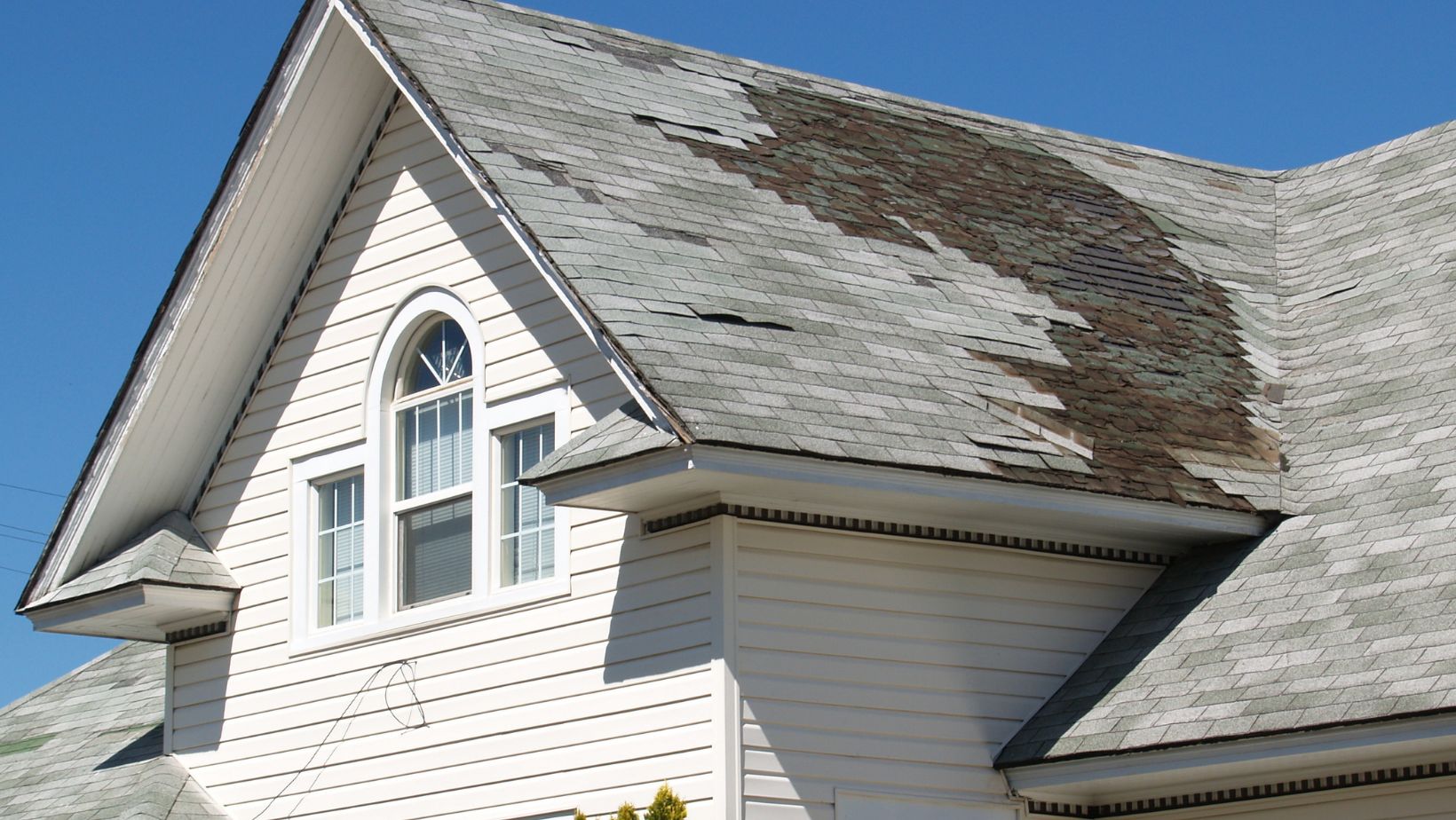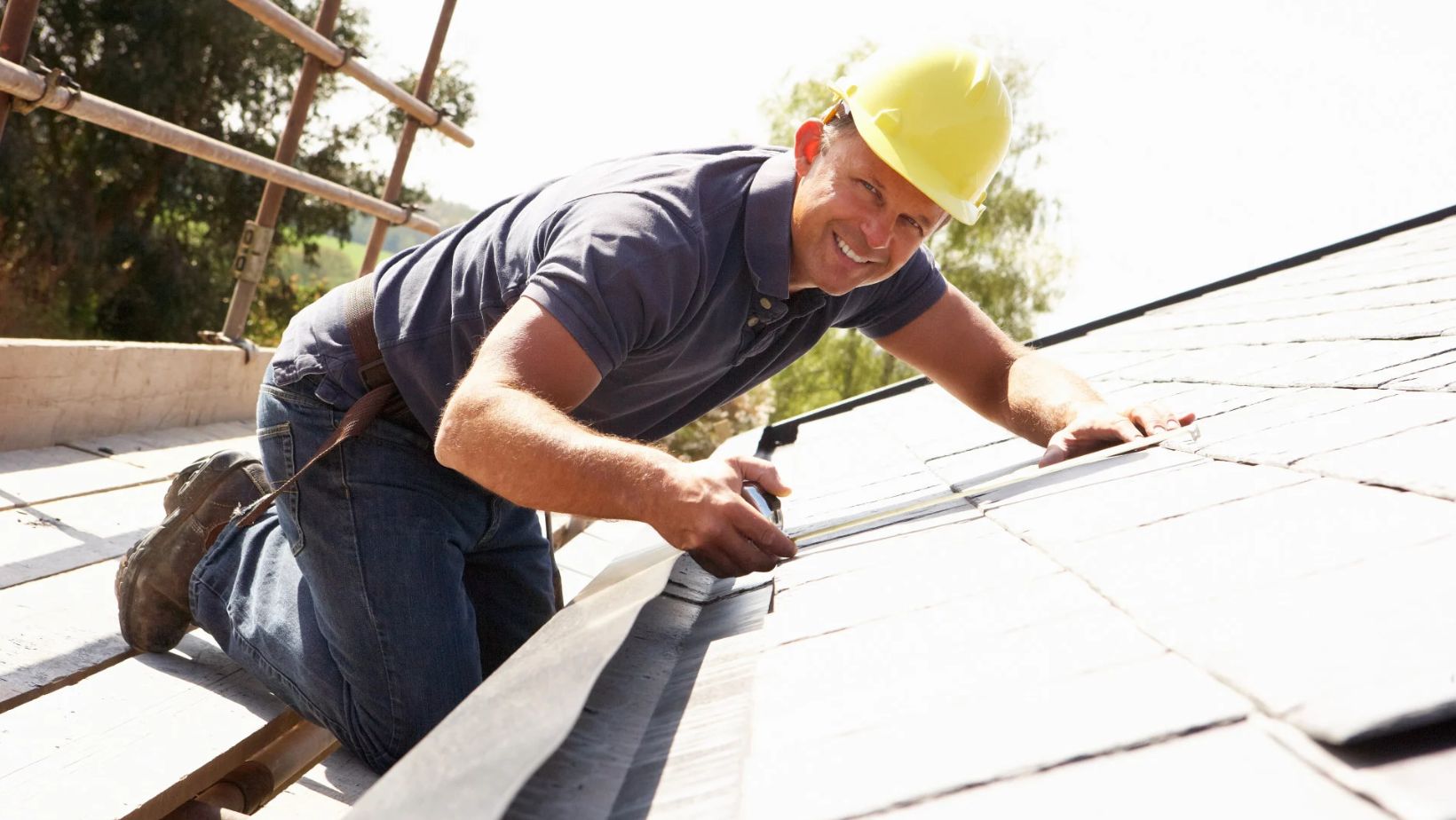The roof is one of the most crucial components of any building, protecting everything underneath it from the elements. However, roofing is also subject to numerous myths that can mislead homeowners and potentially lead to costly mistakes. Misconceptions about roofing materials, repairs, and maintenance can impact your roof’s durability and performance. To help you make informed decisions about your roof, here are eight facts that debunk some of the most common roofing myths.
Myth: All Roofing Materials Are the Same
Fact: Roofing materials vary greatly in durability, cost, and functionality. While asphalt shingles are popular and affordable, they may not be as durable as metal, slate, or tile roofing options. Each material has its own advantages and limitations. For example, metal roofs are long-lasting and energy-efficient, while tile roofs are highly resistant to extreme weather but may require additional structural support. Consulting a professional roofing contractor can help you choose the material that best suits your needs, climate, and budget.
Myth: Roofs Only Need Replacement When They Leak
Fact: While leaks are a clear sign of roof damage, waiting until a leak occurs can lead to more extensive issues. Roofs naturally deteriorate over time due to exposure to weather, sunlight, and wear and tear. It’s essential to schedule regular inspections to identify problems early. Shingle curling, granule loss, and soft spots can indicate it’s time for a replacement or repairs, even if there are no leaks. Regular maintenance helps prolong your roof’s lifespan and prevents costly repairs.
Myth: A Roof Warranty Covers All Damage
Fact: Roof warranties are often misunderstood. They usually cover only manufacturing defects in roofing materials and are not all-inclusive. Many warranties do not cover installation errors or damage from poor maintenance, extreme weather, or natural disasters. It’s important to understand the details of your warranty and perform regular upkeep to prevent issues that may not be covered. Working with a reputable roofing contractor can also ensure that any warranty-related repairs are handled professionally and correctly.
Myth: Dark-Colored Roofs Make Homes Hotter
Fact: While darker roofs may absorb more sunlight than lighter ones, the impact on indoor temperatures is generally minimal.
Modern roofing materials, regardless of color, are often designed with reflective coatings that help deflect UV rays and keep your home cooler. Insulation and ventilation in the attic play a much larger role in regulating indoor temperatures than roof color. Choosing a roofing color can be a matter of personal preference and aesthetic appeal without significantly affecting energy efficiency.
Myth: Metal Roofs Attract Lightning
Fact: Metal roofs do not increase the likelihood of a lightning strike. Lightning is drawn to the tallest objects in an area, regardless of material. In fact, if a metal roof were to be struck by lightning, it would safely disperse the electricity across its surface due to its conductive properties, reducing the risk of a fire. Metal roofing is also highly durable and resistant to various weather conditions, making it a safe and long-lasting option.
Myth: Roof Replacement Is an Easy DIY Project
Fact: Roof replacement and repairs are complex tasks that require specialized skills, tools, and safety precautions. Attempting to DIY a roofing project can be dangerous and may lead to mistakes that compromise the integrity of your roof. Improper installation can void warranties and lead to costly issues down the line. Hiring a professional roofing contractor in Charlotte ensures the work is done safely and according to industry standards, giving you peace of mind and protecting your investment. That way, you’ll be sure you’re getting the proper help.
Myth: Adding a New Layer of Shingles Is Just as Good as a Full Replacement
Fact: While it may seem cost-effective to add a new layer of shingles over an old one, this can actually shorten your roof’s lifespan. Multiple layers add extra weight to the roof, which can stress the structure and make it more susceptible to damage. Additionally, layering shingles makes it harder to identify underlying issues such as rot or mold. A full replacement, though more costly upfront, is often the best solution for long-term durability and performance.
Myth: Annual Inspections Aren’t Necessary
Fact: Regular roof inspections are vital for catching minor issues before they become major problems. Weather conditions like storms, heavy rain, and strong winds can damage your roof without immediate visible signs. An annual inspection by a professional roofing contractor can help detect early signs of wear and tear, allowing you to address them promptly. Regular maintenance can extend the lifespan of your roof, save money on repairs, and ensure your home remains well-protected.
Understanding the facts about roofing can help you make better decisions for maintaining and protecting your home. From the choice of materials to the importance of regular inspections, debunking these common roofing myths can save you from costly mistakes and improve your roof’s longevity. For expert guidance and professional service, reach out to a trusted roofing contractor who can provide you with tailored advice and quality workmanship. A well-maintained roof ensures that your home remains secure and comfortable for years to come.




More Stories
Why You Should Invest In Professional Scaffolding Services?
Maximizing Space and Functionality: The Ultimate Guide to Garage Building
The Importance of Quality Siding in MA